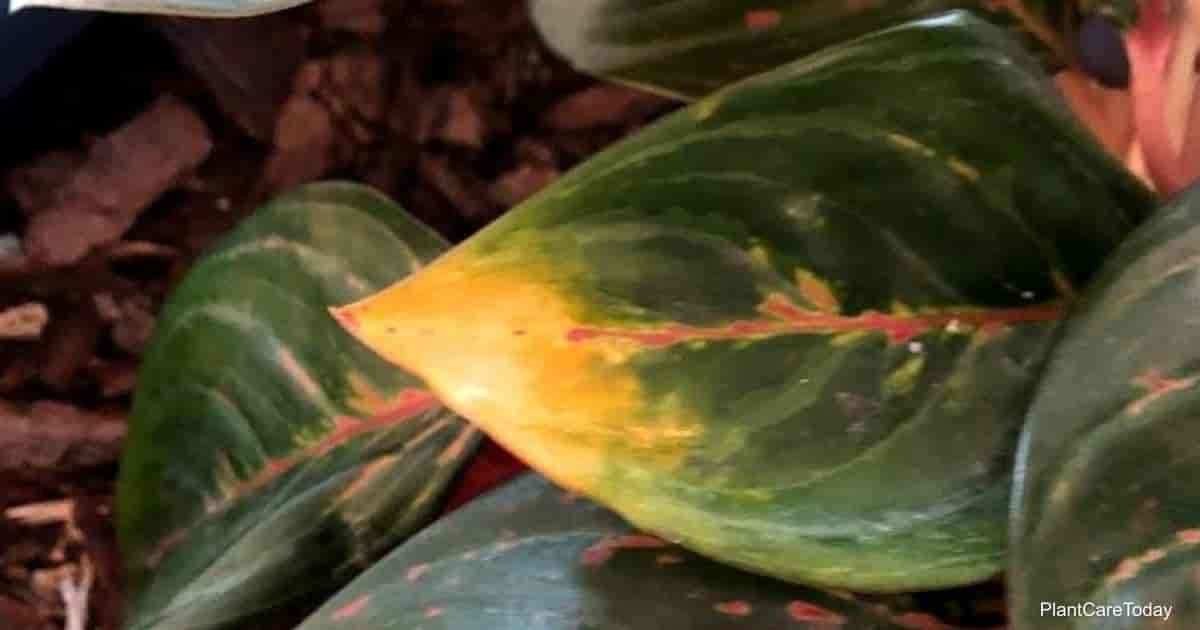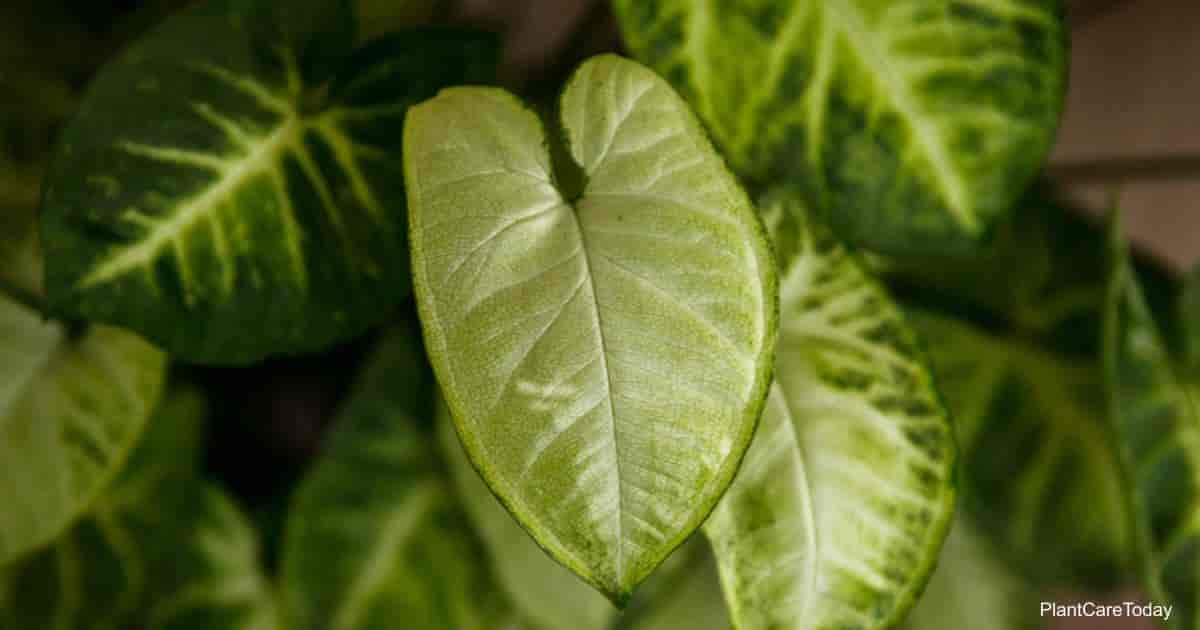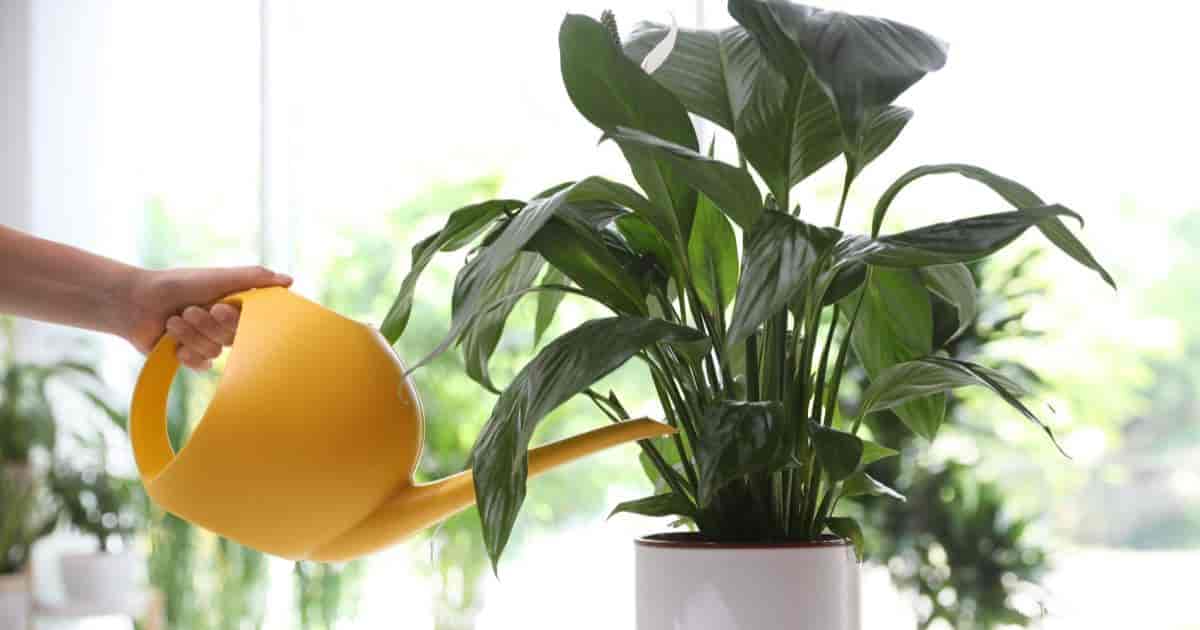The many varieties of Hoya plants are one of the most beloved trailing houseplants outside of spider plants and for a good reason.
One excellent example is Hoya multiflora (HOY-a mul-tih-FLOR-uh), a perennial foliage plant member from Southern China through Thailand, Borneo, Indonesia, and the Philippines.
This particular plant is an epiphyte, meaning it climbs trees for a living and is known for its heavy blooms.
Over time, this member of the Apocynaceae family has gone through scientific names as often as some plants go through pots, being previously known as:
- Centrostemma lindleyanum
- Centrostemma multiflora
- Cyrtoceras floribundum
- Cyrtoceras multiflorum
- Hoya coriacea
And if that isn’t confusing enough, it has a wide range of common names, such as:
- Chukangkang (Sundanese)
- Хойя многоцветковая (Russian)
- Kollane vahalill (Estonian)
- Many Flowered Hoya
- Porcelain Flower
- Shooting Star Hoya
- Shooting Stars Wax Plant
- Tähti Posliinikukka (Finnish)
- Wax Plant
- Waxflower
- звазда падалица (Serbian)
No matter what you choose to call it, one thing all growers can agree on is that this beautiful blooming climber makes for an excellent addition to anyone’s home.
Hoya Multiflora Care
Size and Growth
Despite a potential size of 8’ feet tall, this hoya reaches around 32” inches domestically and often has an almost shrublike appearance.
Large, dark green leaves along its pale grey stems bear the hoyas’ trademark waxy appearance.
Flowering and Fragrance
This plant gets its name from the prolific blooms it produces from spring through late summer, with stamens containing between 20 and 50 flowers
The five petals on each flower have an unusual arrow shape and are pale yellow to white.
Each bloom lasts approximately 12 days, fading slightly as it ages.
As the flowers die, the central brown stamen produces new blooms to replace the old ones.
The wonderful fragrant flowers attract bees, butterflies, and hummingbirds.
In proper conditions, this plant can continue producing blooms all year.
Light & Temperature
Being a climber, your shooting star hoya prefers avoiding direct sunlight.
Instead, aim for bright, indirect sunlight or dappled light, ensuring they get at least 6 hours per day.
You’ll know if the plant’s getting too much light if the leaves begin to yellow in the direction of the light source.
While it’s possible to grow the plant in partial shade, this will prevent it from blooming.
To ensure better health, rotate a potted plant occasionally, so all sides get adequate light.
Your plant’s tropical, so it will require a relatively high ambient humidity of 60 to 80% percent.
The leaves will begin to wilt, or growth will slow down when there’s inadequate humidity.
You can increase levels by grouping the plant with others, using a pebble tray, or placing it near a humidifier.
The plant may be taken outside in warm weather but isn’t cold hardy and can only be planted outdoors in USDA hardiness zones 10 to 11.
Avoid putting it in drafty areas, and avoid exposing it to 40° degrees Fahrenheit or below, as this can kill it.
Ideal temperatures are 79° to 80° degrees Fahrenheit in the day and 60° to 70° degrees Fahrenheit at night.
However, the plant will tolerate a temperature range of 59° to 95° degrees Fahrenheit.
Watering and Feeding
Water using the finger technique to prevent overwatering.
The plant will need more water when its potting medium is dry 1” inches down, reducing winter.
Water slowly and thoroughly until water begins to seep through the drainage holes.
A balanced organic liquid fertilizer every 2 to 3 weeks is generally enough for this plant during the growing season.
Use more nitrogen for faster growth or higher phosphorus right before blooming for heavier blooms.
A 2:1:2 or 3:1:2 ratio are both excellent alternatives.
Soil & Transplanting
As an epiphyte, this hoya doesn’t need soil to thrive.
For soil options, go with a well-draining cactus mix that has a bit of coarse sand or perlite added.
Alternatively, do an equal mix of an orchid mix, peat, and perlite.
Soils should have a pH of 6.1 to 7.5.
For a good soilless medium, go with bark chips, coco coir, or sphagnum moss.
You’ll only need to repot when the plant becomes rootbound, giving them fresh medium when you do, usually in spring or early summer every 2 years or so.
Grooming and Maintenance
Prune away any dead or dying branches as they appear, but avoid deadheading.
Multiflora Hoya Propagation
Hoya propagation through stem cuttings is generally the easiest method and may be done in soil or a jar of water.
Other possible methods are ar layering and freshly harvested seeds.
Waxflower Pests or Diseases
Hoyas are generally resistant to disease, but watch out for root rot or any secondary fungal infections, such as sooty mold, caused by an infestation.
Speaking of infestations, aphids, mealybugs, scale, and spider mites are all common problems. Apply insecticidal soap or Neem oil for control.
Being related to milkweed, the sap of this plant contains natural latex.
As a result, it may be mildly toxic to pets and will cause a reaction to those allergic to latex if handled without gloves.
Hoya Multiflora Uses
This is a great choice for smaller garden spaces as a climbing plant but can also be grown in hanging baskets.
It makes for a great container plant, especially when provided with support so it can climb.
The pleasant scent attracts pollinators.
Credit : Gary Antosh (https://plantcaretoday.com/hoya-multiflora.htmlfajs)





